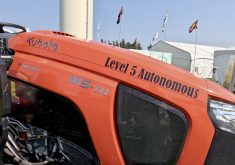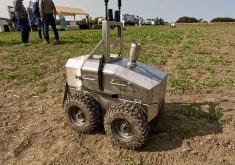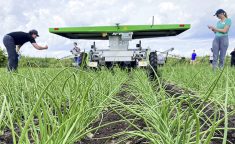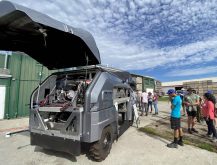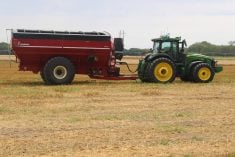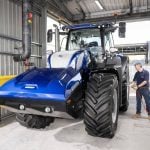Glacier FarmMedia – Raven’s Omnipower agricultural robot now has more power and a better controls system.
“We’ve beefed up the frame and some of the structural elements to allow that extra power to be handled by the frame. There’s a redesigned caster wheel system and we put higher flotation, higher weight capacity tires on,” said Ben Voss of Raven.
“We cleaned up all the hydraulic lines, the electrical and brought a little more finish to the machine.”
Read Also
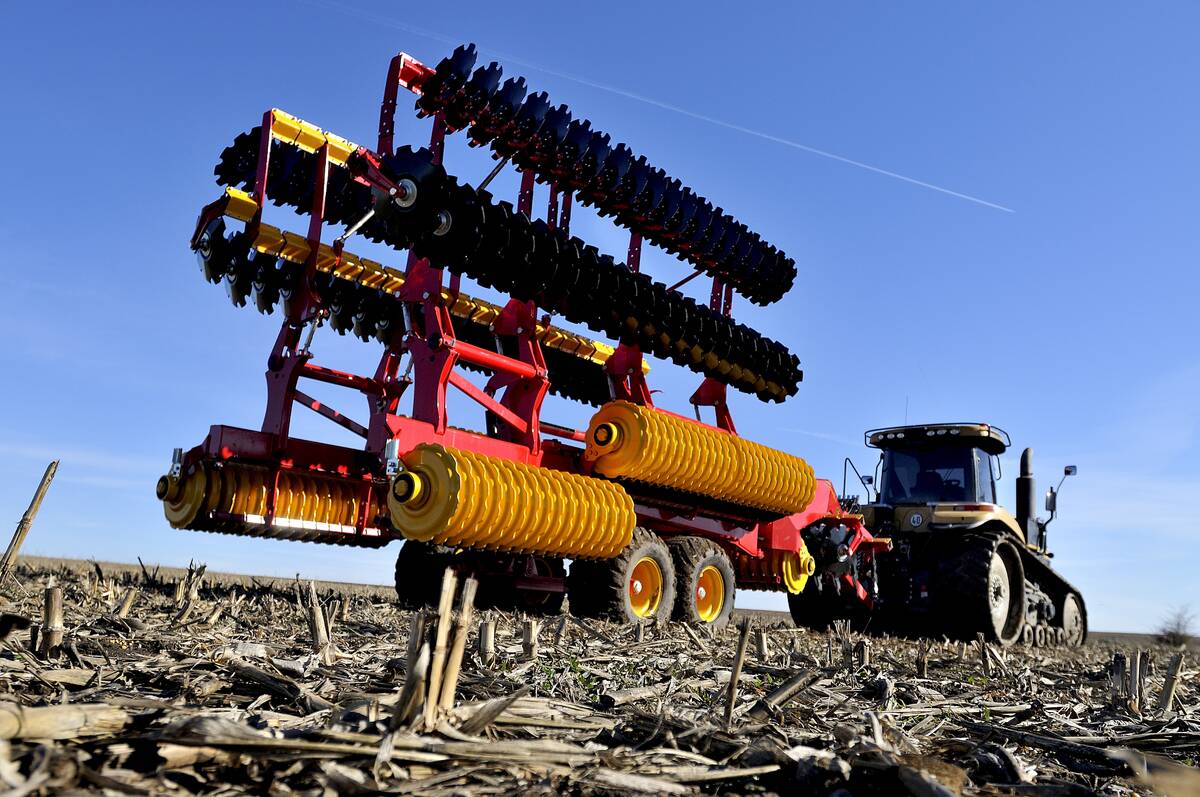
Evolution of European equipment manufacturers runs deep
A look at how Lemken and Väderstad have evolved from their traditional offerings of tillage equipment to include planting and seeding equipment in their lineups.
The Omnipower 3200 has a 200 horsepower Cummins engine that is Tier 5 Final compliant, and a 40-gallon-per-minute pressure and flow compensated auxiliary pump. Its hydrostatic four-wheel-drive system has two speed ranges with a maximum speed of six and 12 miles per hour.
The updated unit remains compatible with the attachments that have been developed for it, including the Connect sprayer and New Leader spin spreader attachments.
“There was a planter implement developed by SeedMaster for the original design, which we can still operate with the new machine. But our main focus going forward is on spraying and spreading,” Voss said.
The robotic platform can run in both a wide mode and narrow mode in terms of its orientation in relation to direction of travel. When equipped with the planter attachment, it needs to use wide mode, but internal testing and user feedback suggest the robot is more stable in narrow mode.
Voss said the narrow mode used for the sprayer and spreader is better in terms of speed, stability and power to the ground.
“The planter requires a heck of a lot more power because it’s a draft implement that’s pulled through the soil. We just know that there needs to be kind of perfect conditions for that. When I say perfect, I’m talking about both trash management, soil moisture and all the other good things. So, it’s not as universally adaptable to all planting conditions,” Voss said.
“There are more things that can go wrong in the planting tasks than there is spraying and spreading. So, from an autonomy perspective it just tends to be a lot simpler to manage those tasks.”
With CNH’s acquisition of Raven, the company has more options in terms of where it can implement its autonomous technology.
“We’re no longer limited to just the Omnipower product for putting autonomy into the marketplace. We are still very excited about this product and what they can do, but its primary purpose for us is a development product,” Voss said.
Raven plans to release more technology that can be used for autonomous operations through the CNH product line up, which will work with Omnipower.
For instance, customers can perform field operations with Omnipower while in the cab of another machine that’s using the same technology.
Voss said there are also customers that want to use the tech stack developed for Omnipower to monitor or to train employees. Senior staff can monitor lower-skilled employees or run the machine remotely if necessary.
Raven’s Viper 4 field computer runs steering and guidance operations in sprayers and tractors, but it also has features that enable it to communicate with other farm equipment.
It has an API that interfaces with AFS Connect to allow for data sharing including line sharing across the two platforms.
“Viper 4 is what enables a lot of the advanced functions such as machine to machine synchronization. Slingshot integrations allow for Job Sync, the uploading and downloading of maps and as applied data and all the other Integrations that we can do with Slingshot,” Voss said.
Raven’s Slingshot Job Sync enables multiple Omnipower units to be operated on the same field.
“The Viper 4 with RS1(GPS), together with all the other control technology we’ve built for autonomy, is virtually the same tech stack (in Omnipower) that’s now used in sprayers. So, there is a lot of commonality to the architecture and the components,” Voss said.
“It’s all proven robust and we’ve now been able to run a lot of autonomy technologies in conventional machines because of it.”
Omnipower software automatically generates a field path for each job that must be approved by an operator before it starts.
It can stay within assigned field boundaries using GPS signals. However, Raven designed the system so it can only operate where there is either cellular coverage or a Wi-Fi network.
“Safety reasons is one the primary drivers behind why you want continuous connectivity. There’s two ways you can have a connection. You can rely on a modem that’s built into the RS1 through Slingshot. So, we have a cellular-connected modem that provides real-time internet connection activity to the machine. The other is to build your own network to connect it to,” Voss said.
The Omnipower 3200 is assembled in Raven’s Regina facility, but supply will be limited this year due in part to supply chain issues.
– This article was originally published at The Western Producer.





